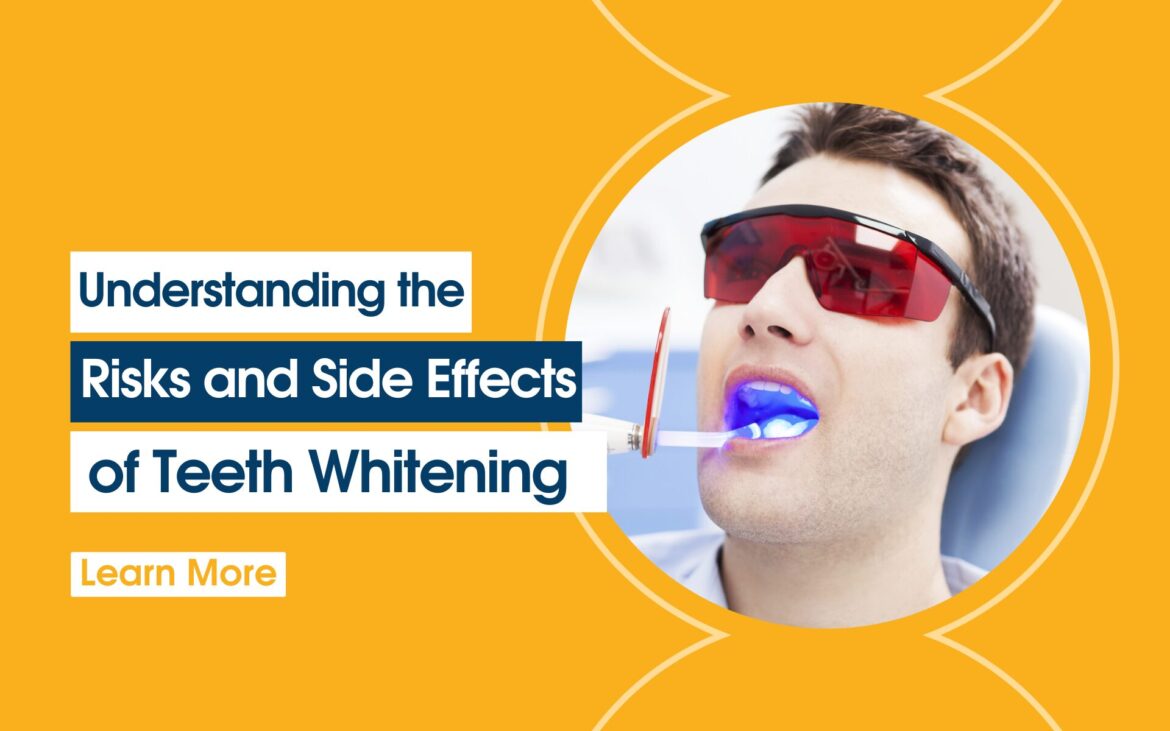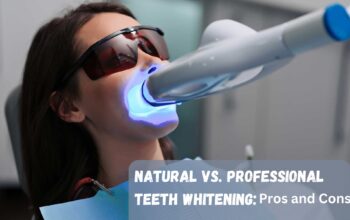Hey there, smile enthusiasts! Today, let’s chat about something we all love: teeth whitening. It’s the secret sauce to a brighter, more confident smile. But before you jump headfirst into whitening treatments, it’s crucial to understand the potential risks and side effects that come with the territory. So, grab your favorite beverage, get comfy, and let’s dive into the nitty-gritty of teeth whitening!
1. What’s the Scoop on Teeth Whitening?
Okay, let’s start with the basics. Snow teeth whitening is like a magic wand for your pearly whites. It’s all about using special treatments or products to lighten the color of your teeth and banish those pesky stains. From coffee to red wine, our teeth can take a beating from everyday indulgences, and whitening helps restore their natural brilliance.
2. The Lowdown on Side Effects:
Now, let’s talk about the not-so-fun part: side effects. While whitening can work wonders for your smile, it’s not without its quirks. Some folks might experience tooth sensitivity, especially when sipping on hot or cold beverages. Others might notice a bit of gum irritation or uneven whitening results. It’s like the price we pay for beauty, right?
3. The Risks You Need to Know:
Okay, time for some real talk. There are risks associated with teeth whitening, and we’re not just talking about a bad selfie moment. Overdoing it with whitening products can actually harm your teeth and gums. Think of enamel damage, increased sensitivity, and even gum recession. Yikes! That’s why it’s super important to follow the instructions carefully and not go overboard with the whitening treatments.
1. Tooth Sensitivity:
One of the most common side effects of teeth whitening is increased tooth sensitivity. This occurs when the bleaching agents used in whitening treatments penetrate the enamel and irritate the nerves inside the teeth. As a result, you may experience discomfort or pain when consuming hot or cold foods and beverages.
2. Gum Irritation:
Teeth whitening treatments can also irritate the gums, leading to inflammation, redness, and tenderness. This is often caused by the bleaching agents coming into contact with the soft tissues of the gums during application. While gum irritation is usually temporary, it can be uncomfortable and may require additional care to alleviate symptoms.
3. Enamel Damage:
Overuse or misuse of teeth whitening products can potentially damage the enamel, the outer layer of the teeth. Enamel damage can result in increased tooth sensitivity, discoloration, and even tooth decay or erosion. It’s essential to follow the instructions provided by your dentist or the manufacturer of the whitening products to avoid damaging your enamel.
4. Uneven Whitening Results:
In some cases, teeth whitening treatments may result in uneven whitening results, where certain teeth appear whiter than others. This can occur due to factors such as variations in tooth structure, previous dental work, or inconsistent application of the whitening product. Achieving uniform whitening results may require additional treatments or adjustments.
5. Gum Recession:
Prolonged or aggressive teeth whitening treatments can contribute to gum recession, where the gum tissue gradually pulls away from the teeth, exposing more of the tooth’s root. Gum recession can lead to increased tooth sensitivity, aesthetic concerns, and an increased risk of tooth decay and gum disease if left untreated. It’s essential to undergo whitening treatments under the supervision of a qualified dentist to minimize the risk of gum recession.
6. Temporary Results:
While teeth whitening treatments can produce impressive results, they are often temporary. Over time, teeth may become stained or discolored again due to factors such as aging, dietary habits, and lifestyle choices. Regular touch-ups or maintenance treatments may be necessary to sustain the brightness of your smile over the long term.
7. Allergic Reactions:
In rare cases, individuals may experience allergic reactions to the ingredients found in whitening products. Symptoms of an allergic reaction may include swelling, itching, or rash around the mouth or on the skin. If you experience any adverse reactions after using a teeth whitening product, discontinue use immediately and consult with a healthcare professional.
4. Why a Dentist is Your BFF:
Before you embark on your teeth whitening journey, it’s wise to have a heart-to-heart with your dentist. They’re like the fairy godmothers of oral health, waving their magic wand to ensure your smile stays healthy and radiant. Your dentist can assess your oral health and recommend the best whitening option for you. Plus, they can offer professional-grade treatments that are safer and more effective than anything you’ll find at the drugstore.
5. Exploring Alternative Options:
If you’re feeling iffy about traditional whitening methods, fear not! There are plenty of alternative options to explore. From natural whitening remedies like baking soda and strawberries to cosmetic procedures like dental bonding or veneers, the possibilities are endless. Your dentist can help you weigh the pros and cons of each option and find the perfect fit for your smile goals.
So, there you have it, folks! Teeth whitening can be a game-changer for your smile, but it’s essential to understand the risks and side effects before diving in. By chatting with your dentist and exploring all your options, you can ensure your smile stays bright, healthy, and selfie-ready for years to come. Keep shining, you gorgeous grinners!
Author Bio:
Meet Lori Reid, an experienced Dental Hygienist at Pro Glow, dedicated to illuminating smiles and promoting oral wellness. With expertise in Teeth Whitening services in Toronto, Lori shares her insights to guide readers towards achieving a brighter, healthier smile. Through informative pieces on teeth whitening, she strives to empower individuals in their journey towards optimal oral health and confidence. Follow Lori for valuable tips on enhancing your smile.


